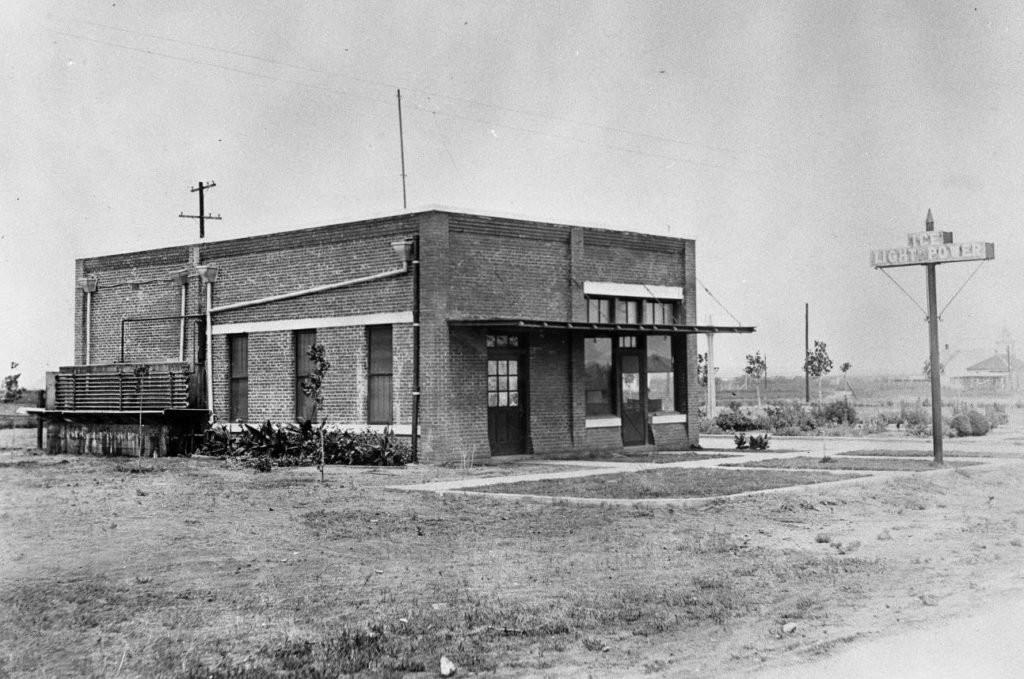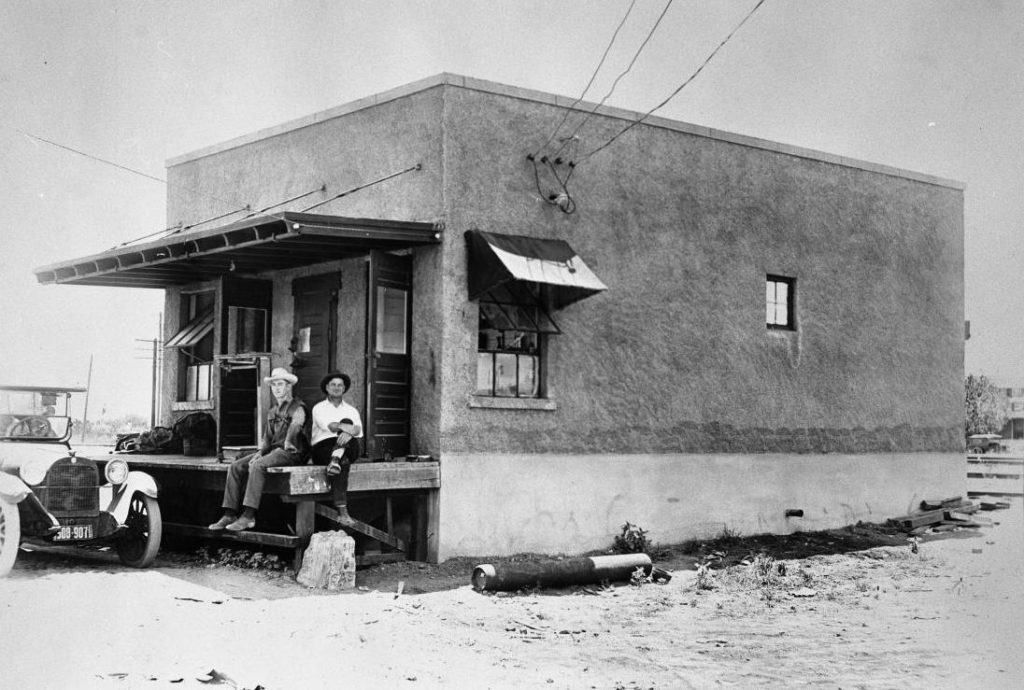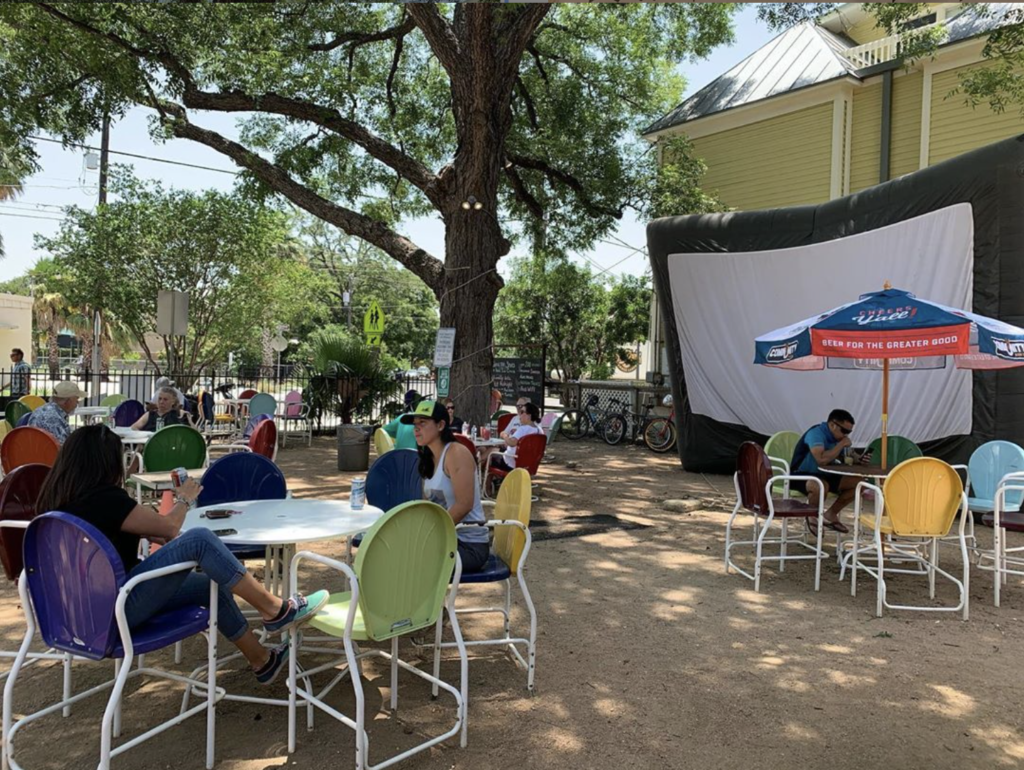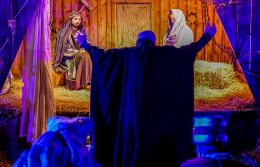The Enduring Allure of the Texas Icehouse
A 1984 article in Texas Monthly presented a one-question quiz that it claimed could pinpoint where a Texan grew up. You simply ask what they would call a store where you could buy a few groceries, beverages, ice cream, and other daily staples, as well as plenty of ice. If they respond with “7-Eleven” or “a convenience store,” then you know they grew up north of Austin, perhaps in the Dallas area. If they say “an icehouse,” then you know they are from the part of Texas that could be called the “icehouse belt,” which stretches from Houston to San Antonio and down to the border.
That quiz may be a little dated now. Icehouses, once a ubiquitous element of Texas life, are becoming rare, even in parts where they once served as essential stores providing the chilled items we use in daily life. But the legacy of the Texas icehouse lives on in a few remaining joints that are more than a convenience store and, in fact, are centers of community life.

Origins of the Texas Icehouse
Some scholars have argued that the Texas icehouse dates back to the 1840s, when ships carrying huge blocks of ice made their way down the coast from Maine and arrived in Galveston Bay to sell whatever chunks of the frozen stuff were still frozen. The Texas icehouse really came into its own, however, in the early 20th century. At a time before refrigeration, icehouses provided an essential service, selling the ice that people used to keep their kitchen iceboxes cool. But proprietors quickly realized that they could sell not just ice but also the things best kept on ice, including milk, butter, beverages, and soda water.
Icehouses popped up in San Antonio and Houston neighborhoods and in rural towns across the state. They became an organic network of essential groceries and centers of community life. They had outdoor seating; some served food. Bulletin boards announced community news and events. On Friday evenings, teenagers pulled up their trucks in front of the icehouse, sat on their hoods, popped a bottle of cold soda, and made a night of it.

A Fading Texas Treasure
Even as refrigerators made their way into the homes of most Texans, icehouses held on and evolved. In towns near rivers and lakes, they may have sold bait for fishing. Some sold bleacher cushions for high school football games or offered regular dominoes games for patrons.
Today, there are plenty of establishments in Texas that claim to be icehouses, but few of the original Texas icehouses remain. In the end, it was not refrigeration that did them in but growth. As Texas’ cities expanded and suburbs overtook small towns, icehouses, once the center of city and small-town life alike, disappeared. Convenience stores like 7-Eleven took over, even though 7-Eleven itself began its life as a small icehouse in the Oak Cliff neighborhood of Dallas.
By the late-1990s, this once-vibrant Texas tradition was becoming a relic of the past.
The Last Texas Icehouses
There is a small handful of classic Texas icehouses that remain, and they continue the tradition of providing a family-friendly gathering spot that offers hot food, cold drinks, and plenty of community. Many of these places are still housed in steel-clad or bricked buildings, with garagelike front doors that blend the outside with the inside. If you want to experience a classic Texas icehouse, try these three spots:

The Friendly Spot, San Antonio: Originally housed in an old 1930s gas station in San Antonio’s King William Historic District, The Friendly Spot became a legendary Texas music joint, featuring acts like Joe “King” Carrasco, Angela Strehli, Santiago Jiménez Jr., and Steve Earle. Today, you can still relax under the large pecan trees that shade the Friendly Spot’s welcoming courtyard.
West Alabama Ice House, Houston: Houston has managed to hold onto a handful of its classic icehouses, and the West Alabama remains one of the best. First opened in 1928, it is considered the quintessential representation of icehouse culture. Named after its location at 1919 West Alabama Street, the joint features a huge shaded backyard, picnic tables, a jukebox, live music, and communal grills where neighbors can swing by and cook up their own food.
Albert Ice House & Dancehall, Albert: If the icehouse and historic dance hall in tiny Albert (pop. 4) reminds you of Luckenbach, it’s no coincidence. The town was founded in the 1890s by two Luckenbach store owners who picked up from the more famous Hill Country hamlet and moved about 15 miles to the east to start Albert. President Lyndon B. Johnson attended the little town’s school when he was a boy. Over the years, Albert has become more well known as a popular destination for those seeking out Texas music, hospitality, and the kind of ice-cold offerings that made the Texas icehouse famous.
Learn about more Texas inventions we couldn’t live without.
© 2020 Texas Farm Bureau Insurance



